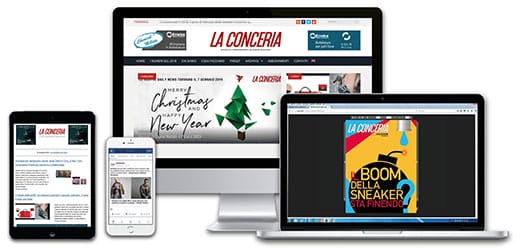In China’s manufacturing heartland, along the Pearl River, a new generation of counterfeiters is emerging: small, independent and invisible ateliers operating outside traditional networks. They produce mid- to high-end replicas with attention to detail, and sell them directly to Western consumers. Invisible to customs, they slip through the cracks thanks to a decentralized structure and discreet digital channels. The phenomenon, as Glitz.Paris points out, is expanding rapidly and redefining anti-counterfeiting strategies. European authorities are running for cover
The new invisible ateliers
Some would say “upgrades”. Because unlike mass counterfeiters, the new counterfeiters don’t focus on crude copies or indistinguishable “superfakes”. They offer well-made, affordable replicas designed for an informed, but not elitist audience. The process is meticulous: they buy an original garment, disassemble it, study its materials and finishes, then make molds and prototypes. Each model requires time and investment, which is why the catalog is limited and production is by pre-order.
In fact, as the investigative newspaper points out, we aren’t talking about famous models such as the Lady Dior or the Hermès Birkin, but mid- to high-end products. The featured cities are Dongguan, Foshan, and Putian. Here, amid camouflaged warehouses and discreet digital profiles, counterfeiters operate in nearly plain sight. They present themselves as legitimate sellers, exploit platforms such as Weidian and 1688, and communicate via Weibo or closed chat rooms. The selling point? Discretion. No public announcements, only word of mouth and select communities.
Looking for intermediaries
To reach these sellers, consumers rely on intermediaries such as Pandabuy, MuleBuy, or ACBuy. Companies that would buy on behalf of the customer, checking quality, offering temporary warehouses, and handling shipping. It’s based on word of mouth, which is the real heart of it, because it’s the online community, active on Reddit, that fuels demand. Users share reviews, compare logos, and point out suppliers. A new wave of fakes threatens real products, all while in Europe seizures are rising: more than 1.8 million items confiscated in 2025, worth 180 million euro.
Photo from Shutterstock











